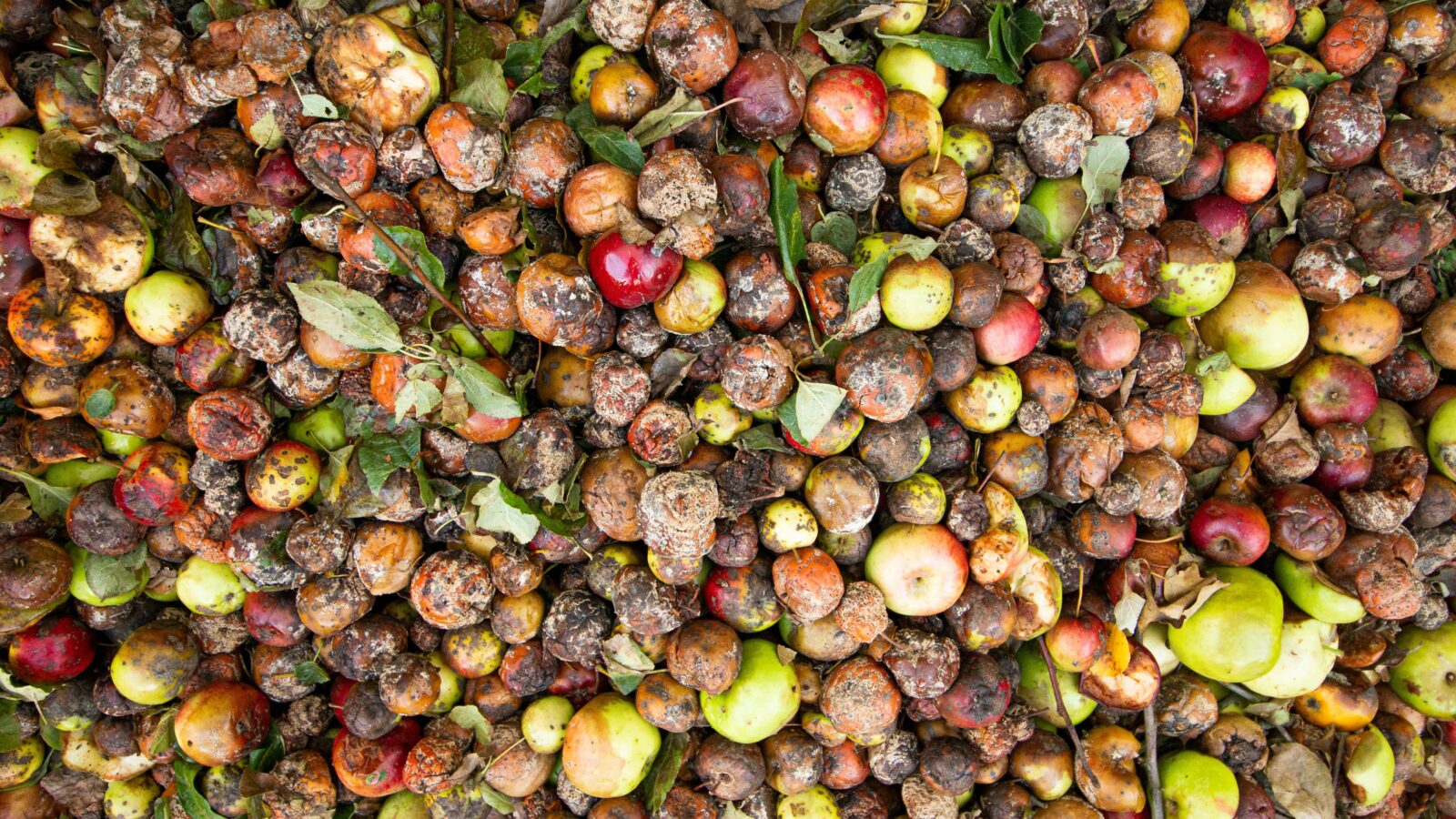
The shutdown of the foodservice industry due to coronavirus is creating mountains of food waste from the supplies once destined for restaurants, schools and other outlets. Food waste is already a major problem in the United States, and indeed around the world. Notwithstanding the effect on livelihoods and the cost of producing food that doesn’t get eaten, there’s the impact on natural resources and the environment to consider, which the current pandemic will surely exacerbate.
Writing in The Guardian newspaper, U.S. climate and environment reporter Susie Cagle highlights how the coronavirus crisis is affecting farmers who suddenly find themselves with a surplus of highly perishable produce. For vegetable farmers, the cost of picking and packing their crops is often higher than the market price so they are plowing what they grow back into the soil. In some cases, produce is being left on the fields or is sitting in storage facilities.
Dairy producers are also suffering at what is an especially productive time of year for dairy herds. With their usual orders drying up, they are having to dump milk on their fields. Exacerbating the problem, many grocery stores are limiting the amount of milk customers can buy, thinking it is going to run out, while the opposite is true.
Conversely, farmers able to sell direct to consumers are experiencing a boon. Some who don’t already have a direct-to-consumer business are adapting to tap into the current high demand for fresh produce boxes. Logistics is the biggest challenge, but organizations like the Community Alliance with Family farmers are pairing farms that previously sold direct to schools and foodservice outlets with established delivery logistics.
What is the solution to food waste?
Needy food banks could be part of the solution. However, many growers can’t afford to harvest, pack and transport crops to these food banks without financial aid. But even with the right support, there is only so much the food banks can take. Besides, many food banks are short on the staff and volunteers needed to sort out and package up the supplies.
Until there is a better understanding of where food is needed the most and how to get it there, food waste is inevitable.


